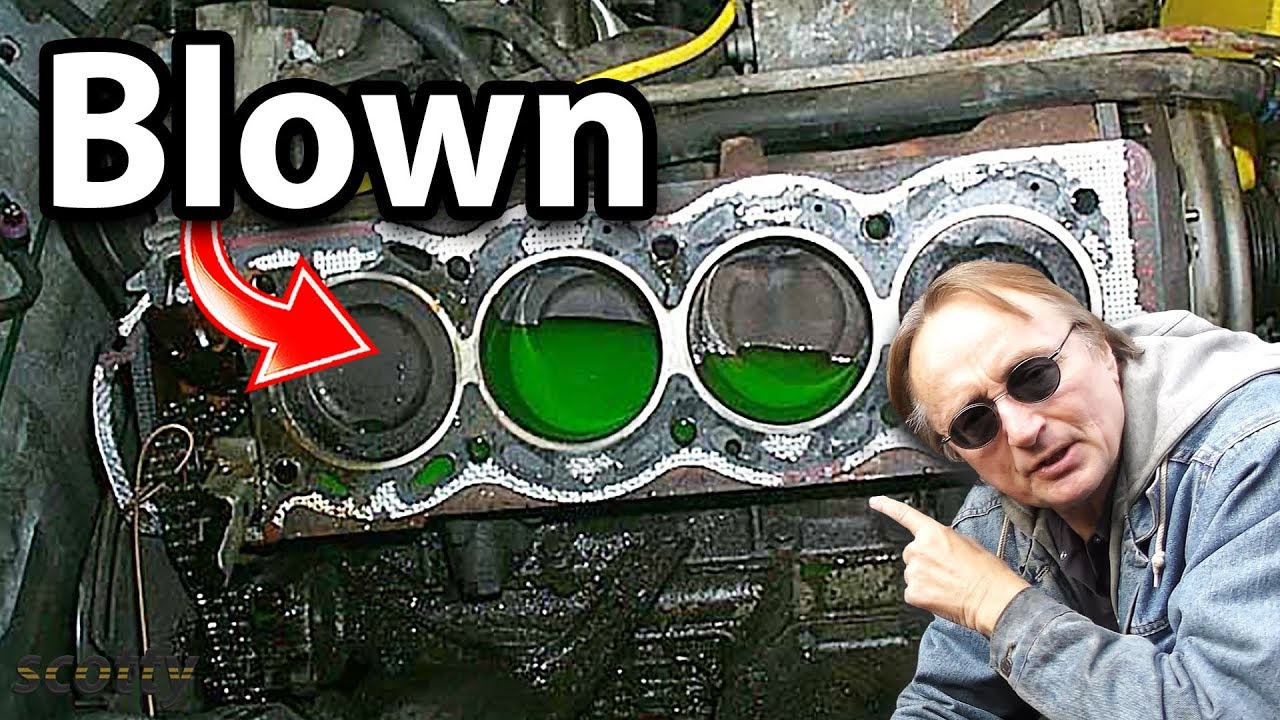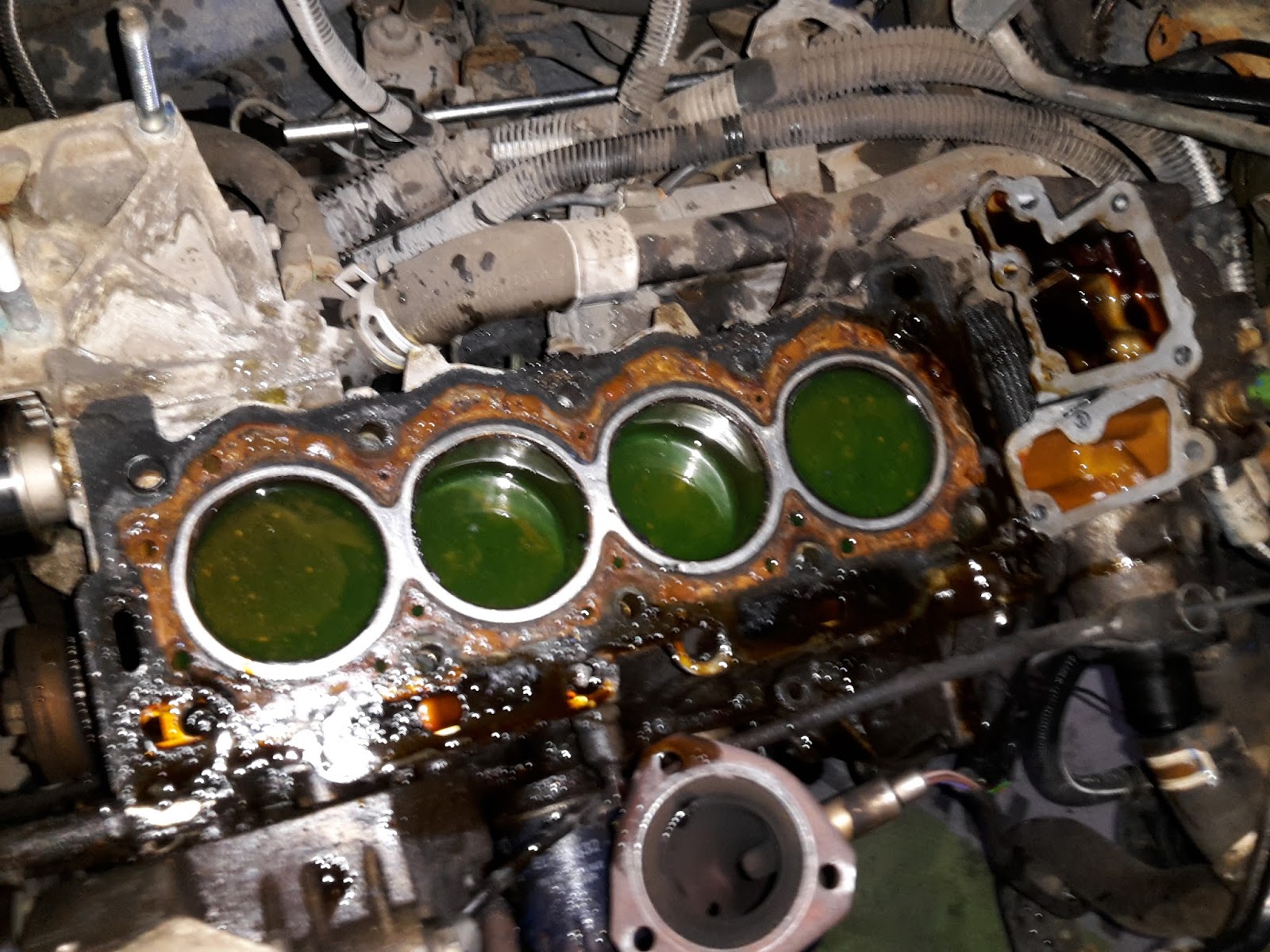A blown head gasket is the single most inconvenient thing that can happen to an automobile owner. As soon as your reliable technician says those words, you start to imagine the disruption it will cause and the dent it will put in your money account due to the cost of repairs and labour.
So, to help you determine if your car has a broken gasket, we have compiled a list of some of the telltale indicators.
Blown Head Gasket’s Most Common Signs
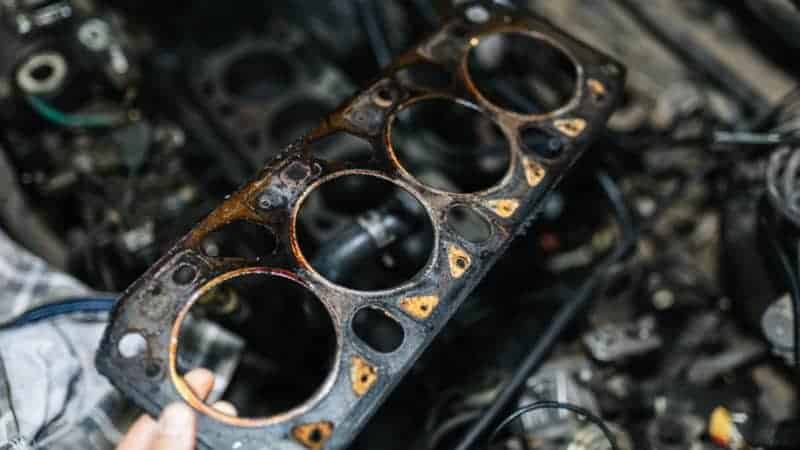
One of the most serious issues with an automobile engine is a leaky gasket. So, how can you tell whether this is a problem with your vehicle? If you notice any of the above problems, it’s time to call your reliable mechanic.
There are bubbles in your radiator
Exhaust gasses can seep into your antifreeze or coolant if the head gasket isn’t good. Therefore, you might observe what looks like boiling coolant as bubbles in your radiator. A do-it-yourself blown head gasket test can reveal whether your coolant contains exhaust gasses.
Decreased Motor Power
Compressed air and fuel leak out when head gasket fails to a point that the combustion chamber is compromised. Your engine’s power will drop significantly as a result of the reduced compression inside the cylinder caused by this condition.
Unclean Spark Plugs
While there are a number of potential causes for the little, white deposits on your spark plugs, a burst head gasket should be considered first. These buildups are a result of the coolant being subjected to the extremely high temperatures experienced within the combustion chamber. See if there are any traces of these deposits near the spark plug’s electrode or ground strap.
Vehicle Engine Overheating
A broken head gasket is one of numerous potential causes of an engine overheating in a vehicle. Other potential causes include an ineffective cooling fan or antifreeze that is leaking.
Inadequate coolant, which seeps into the combustion chamber and becomes steam, is the most common cause of this issue. Other issues with the engine, such the cylinder head warping or cracking, can occur if this problem is not addressed quickly.
Milky Oil
Engine oil often becomes contaminated with antifreeze that has made its way into your vehicle’s combustion chamber. Consequently, the oil takes on a milky white hue when it gradually interacts with water.
For evidence of this combination, look under the oil cap and on your dipstick. You should avoid using coolant since it reduces the oil’s lubricating capabilities and increases the wear and tear on the bearings and cylinder walls.
Smoke from White Exhaust
A blown gasket could be the cause of white smoke coming from your vehicle’s exhaust. When antifreeze seeps into your vehicle’s engine, this problem arises. As a result, the coolant is heated to the point where it turns into steam, which then exudes white smoke out of the exhaust. The wafting smoke is accompanied by a pleasant aroma as well.
Head Gasket Leak from the Outside
If there are no other cooling passageways near your head gasket, finding this kind of leak should be easy. Contrarily, if you happen to come across any additional nearby cooling pipes, an ultraviolet (UV) dye could prove to be quite useful. When looking for a head gasket leak, all you have to do is mix the dye with the antifreeze or coolant and then use a UV light.
How does a Head Gasket Get blown?
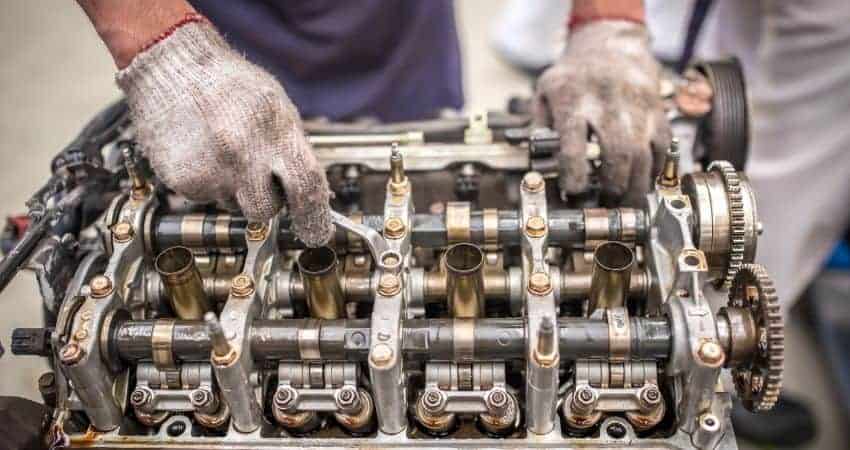
After you’ve determined the source of the blow, you should investigate further before deciding whether to repair or replace the head gasket. Putting in a new gasket without first addressing the issue will render it useless. So, what triggers the blowing of the head gasket?
Installation Issues
Problems with tightening the bolts to the correct torque could be to blame for the shoddy installation in this instance. Reusing old or used head bolts, tightening them in the wrong order, not cleaning the block surface, or using a faulty head bolt or bolts are some other common faults.
Too much heat
If you want to know what causes head gasket damage, this is it. The gasket is subjected to extremely high temperatures when the engine overheats. This causes the head gasket to burst because the engine block and head expand at different rates.
Loss of compression and leaks occur when the seal is destroyed by the expanding gap. Before replacing the broken gasket, you must determine the cause of your engine’s overheating and address it. Several things could be causing this, including a radiator that is clogged, a radiator fan that is malfunctioning, or a coolant that is leaking.
Problems with Detonation and Pre-ignition
Flames that ignite and burn your car’s air/fuel mixture in the chamber typically spread smoothly and uniformly during a typical combustion process. However, this process can be disrupted by using low-octane fuel, a lean mixture, or excessive heat, resulting in anomalous combustion such as pre-ignition or detonation.
Warm Places
Always keep in mind that the area between the cylinder head and the center cylinders is particularly vulnerable to overheating in certain engines. To reduce the possibility of head gasket damage, aftermarket gaskets for these engines are reinforced.
Furthermore, a blown head gasket might result from swapping out the original equipment manufacturer (OEM) gasket for a different one.
How to Repair a Head Gasket that Has Blown?
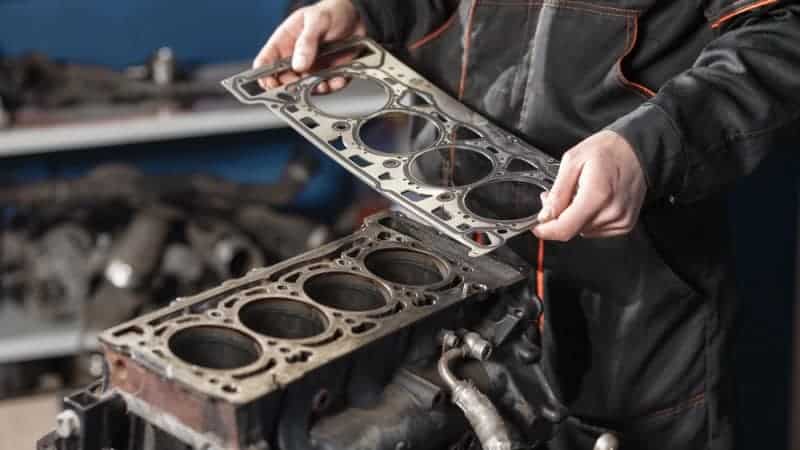
Do not ignore the aforementioned warning signs of a bad head gasket if you encounter them. Your engine, fuel injection mechanism and exhaust system are all at risk if you put off fixing this issue any longer. Stop driving and get the vehicle towed to the closest repair as soon as you see any indications of a failed head gasket.
Gasket Sealant Application
A gasket sealer is an inexpensive and highly recommended alternative to replacing a blown head gasket. Drivers can fix gasket leaks with professional-grade sealants. They have carbon fiber-reinforced gasket sealing components. Antifreeze is also compatible with the majority of formulations. Therefore, you can apply the sealant without dispensing any antifreeze.
Fixing a Leaky Head Gasket
A head gasket sealer might not be enough to stop a huge leak in your vehicle. Getting advice from a reliable mechanic on how to install a new gasket in your engine is the best course of action in such a situation. In this case, time is of importance to prevent further engine damage.
Conclusion
Considering the potential damage that a defective head gasket could do to your engine and vehicle, it’s clear that you should take preventative measures. Be prepared to shell out a pretty penny for repairs if you don’t take swift action as soon as you notice any of the highlighted indications of the blown head gasket.


